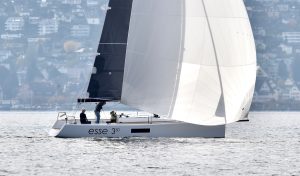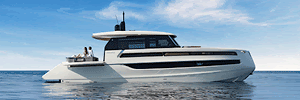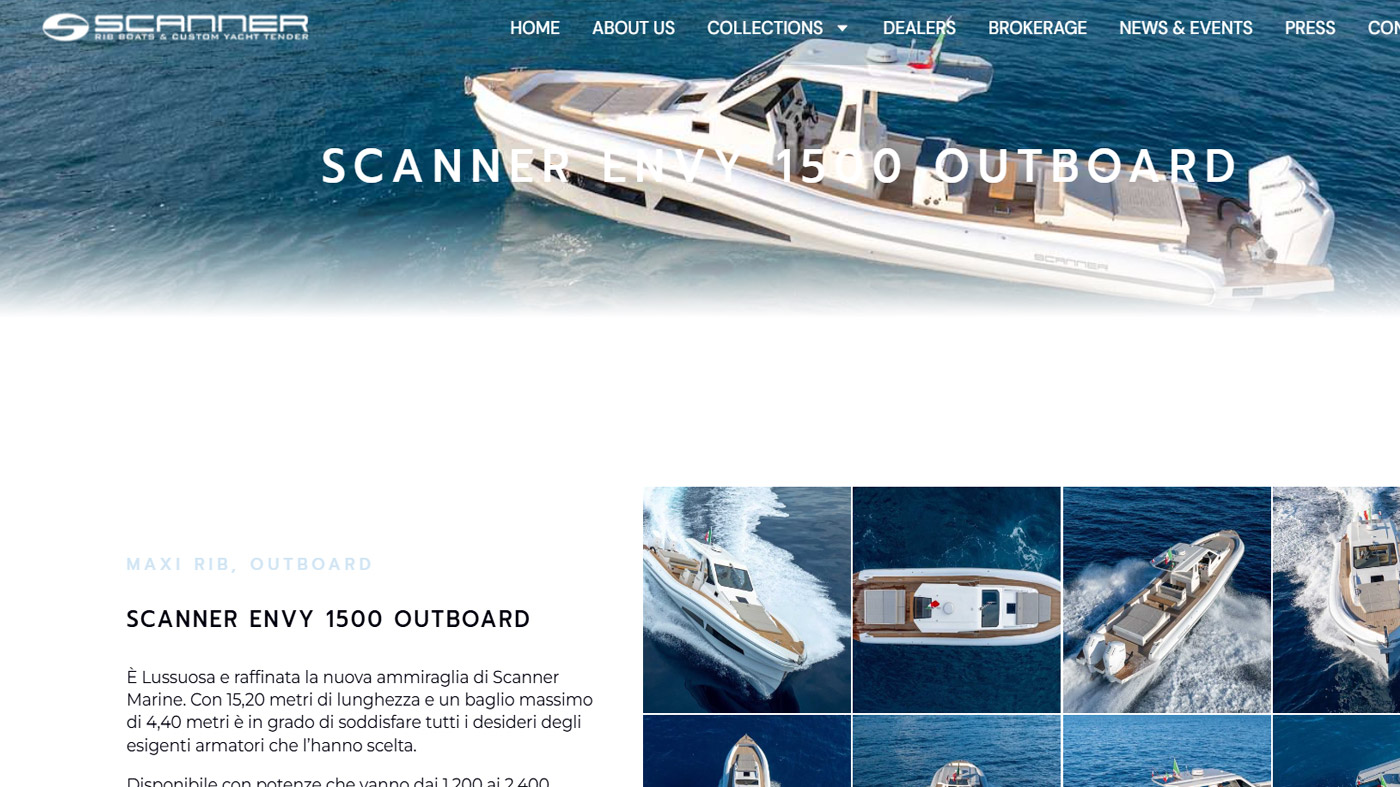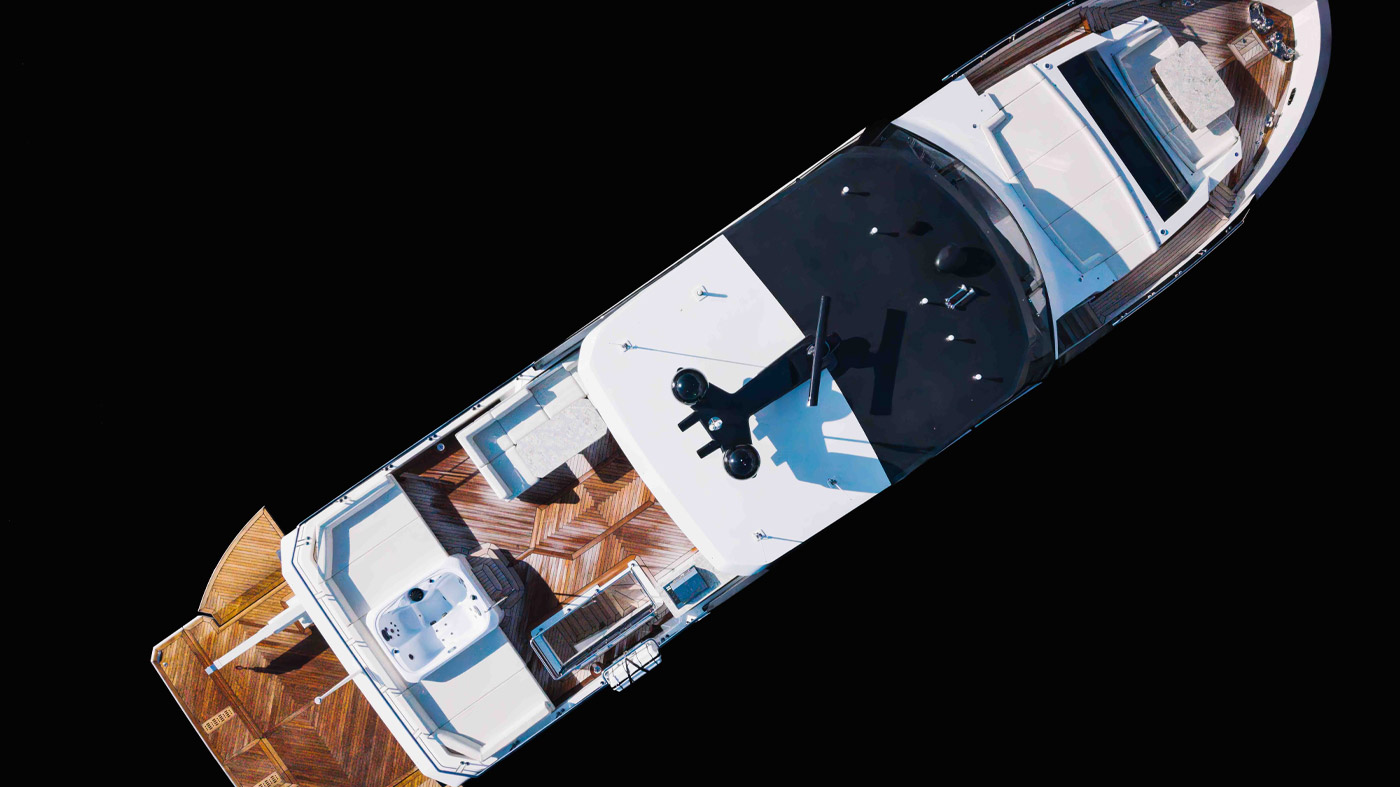If a survey were to be made among sailors, asking what they thought were the most beautiful sailing yachts ever designed in Italy, we are sure that most interviewees would name Umberto Felci. A multi-award winning designer of wonderful yachts and founder of Felci Yachts together with his partner Lorenzo Giovannozzi, Umberto Felci has been designing yachts for over 25 years with passion and energy, maintaining a refined attention to every detail that makes his boats true works of art. Not surprisingly, his extensive list of accolades includes several “Boat of the Year” awards in numerous categories for well-known projects such as the Dufour 520 Grand Large and the Grand Soleil 58, to name but a few.
Umberto Felci’s dedication to his work is extraordinary and, above all, it has always been focused exclusively on sailing yachts: “A loyalty that I claim even more today,” says the architect, “when there is so much talk of hybrid engines, sustainability and ecology. But there is nothing more hybrid and ecological than a sailboat moving with the wind”. That’s why Umberto Felci, despite the many requests he’s received over the years, has always remained faithful to his first love: “The sailing boat is the only truly sustainable means of transport and, for now, it’s hard for me to let go of this idea. That doesn’t mean that we’re not open to new studies and markets such as low-drag displacement trawlers or motor-powered catamarans, as long as we can always find the right balance between efficiency and sustainability”.
Umberto Felci, how did your passion for sailing boats begin?
” I have been fascinated by boats since I was born. At the age of twelve, I used to go sailing on whatever craft I had at my disposal until I was lucky enough to own a second-hand 420. Sailing in my teenage years gave me a great feeling of freedom. When I was young, I used to go out on the lake with my brother and if something went wrong, we had to deal with it ourselves. They were sometimes dangerous situations, because we had no boats and no coaches to support us, but at the same time they generated an unparalleled passion for sailing, the wind, the sea and solitude. Understanding that you could master these elements with your own strengths to get around on a boat, led me to join a sailing club and start racing until I became practically professional with the Olympic 470 and then working for Moro di Venezia in the 1992 America’s Cup”.
What led you to become a yacht designer?
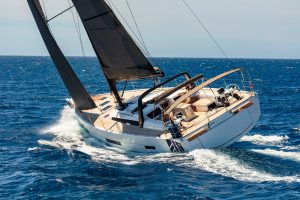
Where do you find the impetus to continue to inspire and innovate yacht design?
“The most important decision I made in my career was to move from racing to cruising yachts. I owe this above all to my partner Lorenzo, who had the vision to blend our particularities as naval architects, fluid-dynamic engineers and lovers of the sea and life on board, while also seeing the potential of a wider “public”. All this while maintaining in Felci Yachts’ DNA the drive to design fast, high-performance boats as well as comfortable ones. One example is the design of the first Dufour 40, a boat that was created for pure cruising, but that some owners decided to use to compete and has extraordinarily won two IMS world championships.
The fact remains that today I think I am lucky to be able to concentrate not only on speed but also on life on board. From cruising boats to fast cruisers, which are now our workhorse, we can afford to make boats increasingly functional, comfortable and safe, studying the interiors down to the smallest detail and seeking the utmost elegance, and above all combining racing performance with the style of the trendiest yachts”.
As a designer, what is the quality your clients appreciate most?
“We’re not the kind of designers who just design a boat and then don’t bother with the construction phase, which is left to the shipyards. You often hear people say that designers ‘make two sketches’, but that’s not the case at Felci Yachts. We like to dissect every aspect of the yachts we design, so that when the project is finished the client has a complete, homogeneous, defined and above all buildable idea, because all our work also includes the so-called executive phase”.
In your rich palmares of prizes and awards, is there one that has given you particular satisfaction?
“All awards are 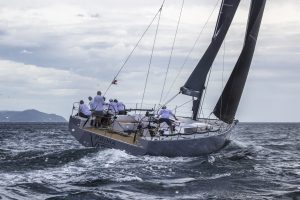
What are the future goals for Umberto Felci and Felci Yachts?
“We’re exploring some very innovative concepts at the moment. It’s still too early to say anything more concrete, but I can say in advance that in parallel with the more traditional yachts, which we’re continuing to design, we’re trying to create a boat that is conceptually different, thinking of its use in a broader sense and less dedicated to the narrow elite of sailors. The idea involves more sizes and consists of a more “transversal” sailing boat. In short, we’re thinking of a boat suitable for those who want to continue sailing without having any particular sailing experience, perhaps coming from the motor sector which represents a large pool of potential new owners”.

